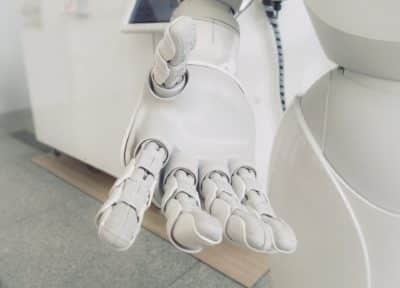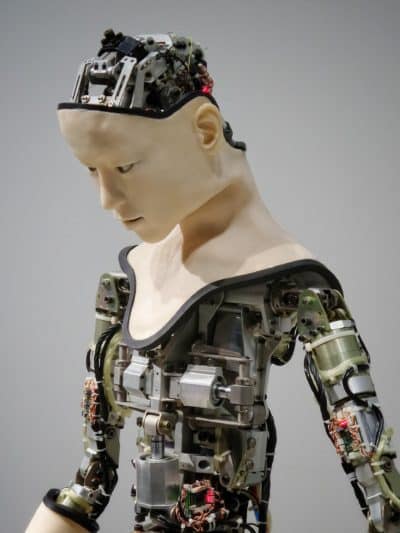We’ve seen it in the movies, and we’ve heard it from critics—there would come a time when artificial intelligence (AI) would replace human beings. After all, it has already been proven that AI can tremendously help professionals in the healthcare, marketing and cybersecurity industries. And that it can even do better than humans in terms of medical diagnosis, as attested by IBM’s Watson.
But will it also happen in the world of design, which thrives on creativity, emotion, and imagination? Design wizards that can generate book covers based on a given description seems to hint at this. Here’s how they work.
IMAGE: UNSPLASH
Artificial neural networks analyze every line of the book description that the author or publisher types in. The design wizard then presents a book cover suitable for the detailed description. Specifically, AI helps in the following ways:
- Suggesting appropriate and intelligent design: Design wizards draw from databases full of colors, patterns, and pictures and use artificial neural networks to determine which combination is suitable for a given book based on the detailed description its publisher or author provides.
- Creating variations of the design: Users can experiment with different color schemes, font styles, and photos, as suggested by the AI.
This ability to obtain a book cover automatically regardless of genre effectively streamlines the publishing process. Does this mean the end for human designers, though?
3 Reasons Why AI Can’t Replace Human Designers
The capabilities of AI-powered tools and solutions stem from their analysis of all the data that goes into them. Variations of colors, font styles, patterns, and pictures created by human artists are necessary in order for AI to work, though. Hence, human designers can’t be replaced by AI, mainly for these reasons:
1. AI Can’t Create Original Art
Intelligent machines become so because of the data fed to them. Without big data, AI wouldn’t be what it is today. In fact, the benefit that organizations from a wide range of industries can get out of AI is the primary reason why data has become a top commodity.
Data in itself is useless unless you make sense of it, and that’s where AI comes in. As such, any artistic content that AI creates is an outcome of all the creative data it has access to. So no matter how fast AI can process big data, it can’t create original art. For this reason alone, we can’t do away with designers to create unique, emotion-evoking content.
2. AI Isn’t Morally Or Socially Conscious
Art, although primarily an expression of the artist’s views and emotions, should still conform to moral and social standards. For example, it’s not acceptable for an artist to paint a portrait of African people and name the artwork, “Gorillas.”
But this is what the Google algorithm did when it labeled pictures of African-American people as “gorillas” back in 2015, and apparently, there’s no easy way of fixing it. In fact, Google only stopped its image recognition system from identifying gorillas.
As a result, while the AI no longer tags African-American people as gorillas, it does the same thing to actual gorillas. If Google, which is arguably one of the biggest names in AI, finds it challenging to ensure that its algorithms are morally and socially conscious, this conveys the difficulty of such endeavor.
3. AI Can’t Understand Emotions
As the post-impressionist French artist, Paul Cezanne, puts it, “A work of art which did not begin in emotion is not art.” Every artistic content fed into an intelligent machine began with the artist’s emotion, and herein lies the biggest challenge. While humans have no problem understanding and identifying emotions based on a person’s tone of voice and body language, AI cannot yet fully understand all these.
Some companies are already working on solutions that could pick up emotions from text and convey them in design. However, the original content that AI relies on, the ones made by humans, will always be based on emotions, and emotions attract people.
Final Words
As in other industries, AI can benefit the designer community in immense, unimaginable ways. Although it can’t create emotional, original art, AI can serve as a crucial partner for both designers and non-designers to be able to do their job efficiently. In terms of creating original content, for instance, artists may find it necessary to look to AI for inspiration, the same way that writers sometimes need to read other books for motivation.
In sum, the presence of AI in the arts and design sector isn’t a signal that designers will become obsolete. Instead, it’s a signal that a new wave of designers is needed—ones who see the value of AI. Mainly, designers should know that AI will not take their jobs, but will only make their lives easier.
If you are interested in even more technology-related articles and information from us here at Bit Rebels, then we have a lot to choose from.


COMMENTS